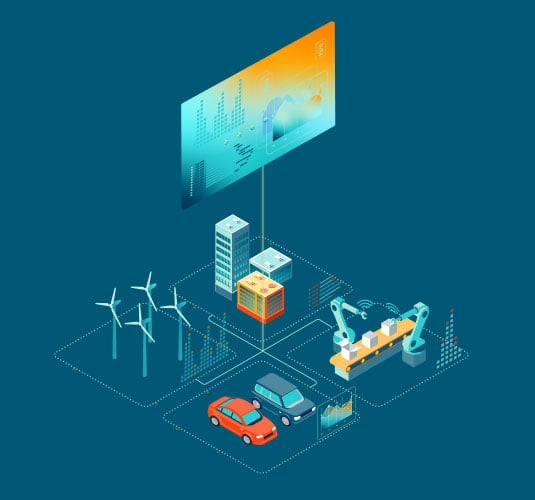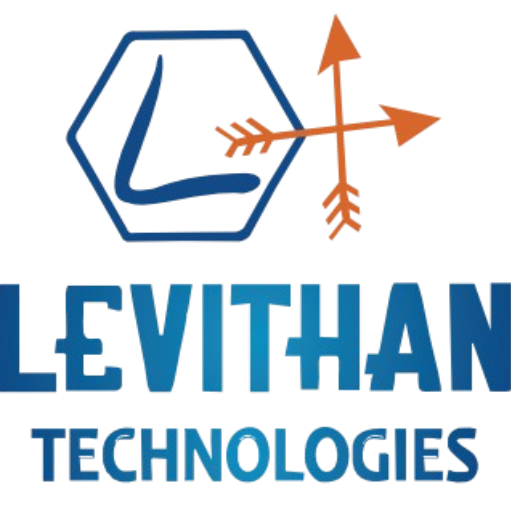IoT System Certification Scheme Help and Support
- Levithan Technologies
- IoT System Certification Scheme Help and Support

Introduction
IoT System Certification Scheme Help and Support
Under STQC (Standardization, Testing and Quality Certification), Internet of Things (IoT) structures can be certified for quality, security, and reliability through the use of a framework known as the "IoT System Certification Scheme (IoTSCS)". Within the Indian Ministry of Electronics and Information Technology, STQC is a renowned provider of superior warranty services for electronics and IT products.
Objective of IoTSCS under STQC:
The objective of IoTSCS under STQC is to instill confidence among consumers and stakeholders about the quality and security of IoT products and systems, which is increasingly important given the rapid expansion of IoT in various sectors like healthcare, agriculture, smart cities, and home automation.
- End-to-end testing for IoT systems, including devices, communication protocols, and cloud integrations.
- Assistance in achieving certifications such as ISO 27001, NIST guidelines, and other industry-specific IoT standards.
- Ensures seamless communication between IoT devices, sensors, and platforms.
- Assessment of IoT systems under different loads and conditions to ensure high performance and reliability.
